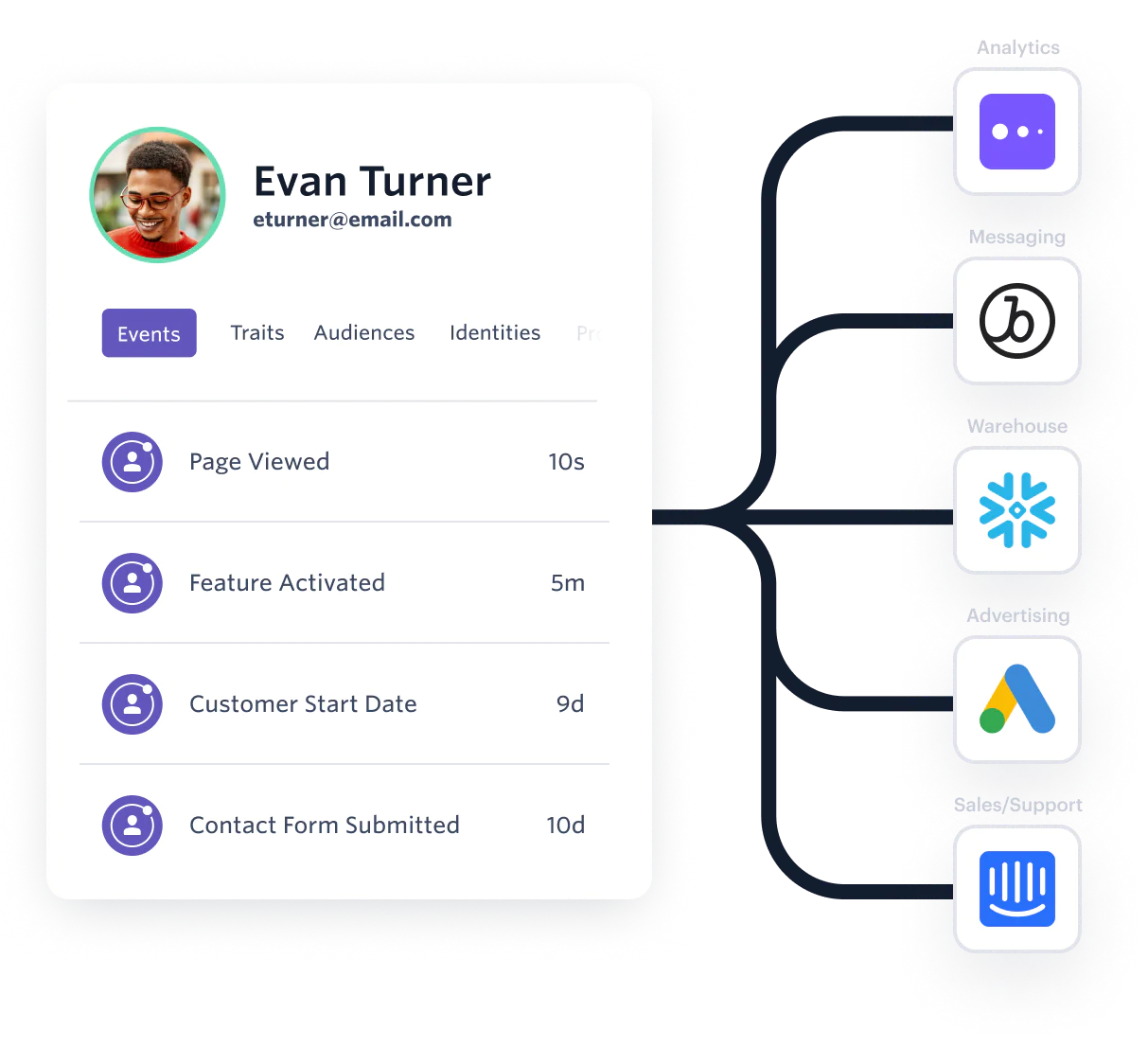<script type="text/javascript">
(function() {
// define the key where the global analytics object will be accessible
// customers can safely set this to be something else if need be
var globalAnalyticsKey = "analytics"
// Create a queue, but don't obliterate an existing one!
var analytics = window[globalAnalyticsKey] = window[globalAnalyticsKey] || [];
// If the real analytics.js is already on the page return.
if (analytics.initialize) return;
// If the snippet was invoked already show an error.
if (analytics.invoked) {
if (window.console && console.error) {
console.error("Segment snippet included twice.");
}
return;
}
// Invoked flag, to make sure the snippet
// is never invoked twice.
analytics.invoked = true;
// A list of the methods in Analytics.js to stub.
analytics.methods = [
"trackSubmit",
"trackClick",
"trackLink",
"trackForm",
"pageview",
"identify",
"reset",
"group",
"track",
"ready",
"alias",
"debug",
"page",
"screen",
"once",
"off",
"on",
"addSourceMiddleware",
"addIntegrationMiddleware",
"setAnonymousId",
"addDestinationMiddleware",
"register"
];
// Define a factory to create stubs. These are placeholders
// for methods in Analytics.js so that you never have to wait
// for it to load to actually record data. The `method` is
// stored as the first argument, so we can replay the data.
analytics.factory = function(e) {
return function() {
if (window[globalAnalyticsKey].initialized) {
// Sometimes users assigned analytics to a variable before analytics is done loading, resulting in a stale reference.
// If so, proxy any calls to the 'real' analytics instance.
return window[globalAnalyticsKey][e].apply(window[globalAnalyticsKey], arguments);
}
var args = Array.prototype.slice.call(arguments);
// Add buffered page context object so page information is always up-to-date
if (["track", "screen", "alias", "group", "page", "identify"].indexOf(e) > -1) {
var c = document.querySelector("link[rel='canonical']");
args.push({
__t: "bpc",
c: c && c.getAttribute("href") || undefined,
p: location.pathname,
u: location.href,
s: location.search,
t: document.title,
r: document.referrer
});
}
args.unshift(e);
analytics.push(args);
return analytics;
};
};
// For each of our methods, generate a queueing stub.
for (var i = 0; i < analytics.methods.length; i++) {
var key = analytics.methods[i];
analytics[key] = analytics.factory(key);
}
// Define a method to load Analytics.js from our CDN,
// and that will be sure to only ever load it once.
analytics.load = function(key, options) {
// Create an async script element based on your key.
var t = document.createElement("script");
t.type = "text/javascript";
t.async = true;
t.setAttribute("data-global-segment-analytics-key", globalAnalyticsKey)
t.src = "https://cdn.segment.com/analytics.js/v1/" + key + "/analytics.min.js";
// Insert our script next to the first script element.
var first = document.getElementsByTagName("script")[0];
first.parentNode.insertBefore(t, first);
analytics._loadOptions = options;
};
analytics._writeKey = "YOUR_WRITE_KEY";
// Add a version to keep track of what's in the wild.
analytics.SNIPPET_VERSION = "5.2.1";
// Load Analytics.js with your key, which will automatically
// load the tools you've enabled for your account. Boosh!
analytics.load("YOUR_WRITE_KEY");
// Make the first page call to load the integrations. If
// you'd like to manually name or tag the page, edit or
// move this call however you'd like.
analytics.page();
})();
</script>


